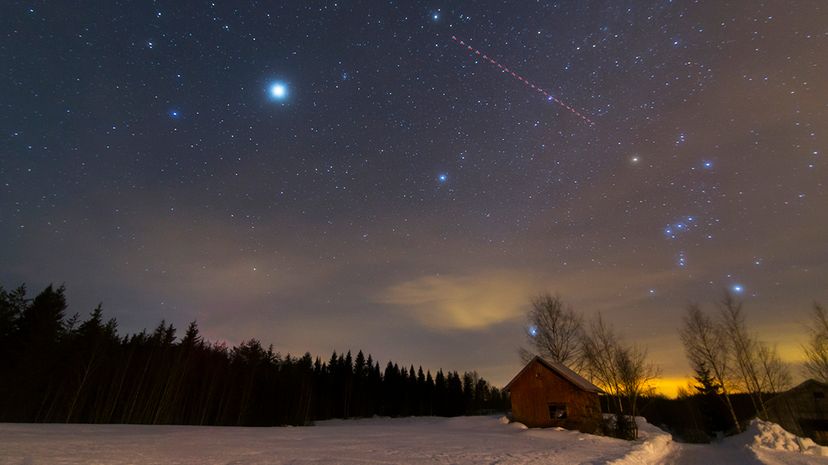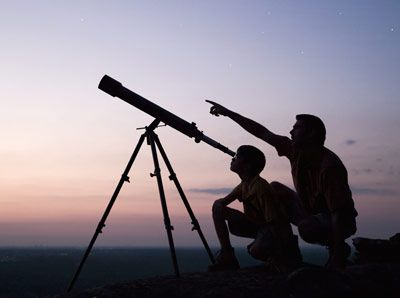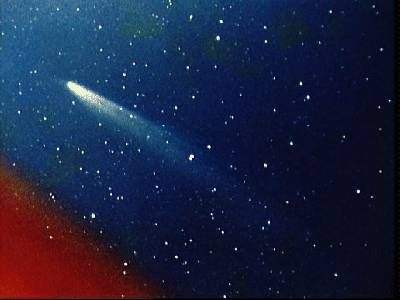
We tend to think of outer space as a void, but it's filled with lots of little pieces of space junk. One example: tiny fragments of rocky debris left behind by Halley's comet. This happens when the comet is exposed to solar heat as it swings near Earth every 76 years or so. Earth's own orbit, in turn, passes through clouds of those fragments on two occasions each year, which result in meteor showers that delight backyard astronomers.
The first Halley-related event, the Eta Aquariid meteor shower, happens in May. Now, in the fall, it's time for the second — the Orionid meteor shower. The event gets its name from the constellation Orion, which is in the part of the nighttime sky from which the meteors also appear to originate (even though in reality, they're much closer to Earth). Orionid meteors appear between Oct. 2 and Nov. 7 every year.
Advertisement
The peak time for the Orionids this year probably will be in the early hours of Friday, Oct. 21 (late night on Thursday, Oct. 20), before dawn. This is when astronomers predict the peak number of meteors will be visible in the sky, and since the moon will just be a crescent, you'll spot more meteors, according to EarthSky. The Orionids are one of the most beautiful meteor showers. That's because they are surrounded by some of the sky's brightest objects — not just Orion, but the constellations of Taurus and Gemini, too.
The American Meteor Society describes the Orionids as a "medium strength" shower and notes that in a typical year, the Orionids produce about 10 to 20 tiny meteors that flash across the sky per hour at peak viewing times. Some of the Orionids are as small as a grain of sand. Even so, when the tiny bits of Halley's comet hit our atmosphere at a speed of 148,000 mph (238,000 kph), the friction causes them to burn up brightly. If it's hard wrapping your head around the speed of an Orionid meteor think of it this way: They travel 41 miles (66 kilometers) in a single second.
As noted earlier, the best time to see the Orionids generally is one to two hours before the sun comes up, when the sky is still dark and Orion is high overhead, says NASA. Lie on a blanket and watch for them emerging from near the constellation's upper-left "club." If you watch enough times, you may get to see one of the event's most spectacular sights — a glowing, filament-like tail left by even tinier pieces of the object, which can twist into strange shapes and hang around for several minutes.
Advertisement

